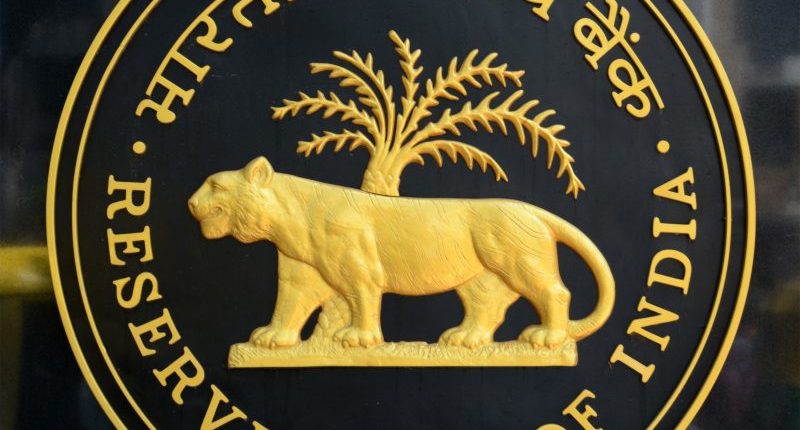The Reserve Bank India’s Monetary Policy Committee decided to keep the policy repo rate unchanged at 4 per cent. Consequently, the reverse repo rate is kept at 3.35 per cent. The decision was taken to achieve the target of inflation rate at 4 per cent. The inflation rate of April came in at 4.29%. The repo rate is one of RBI’s tools to regulate inflation and growth in the economy.
The increase in repo rate is directly proportional to the yield and inversely proportional to the face value of the government bonds. The debt mutual funds schemes invest in government bonds, and they are traded in the secondary market. The unchanged repo rate may not impact the NAV of the debt fund. However, the changes in the demand and supply of these instruments will impact the NAV of your debt schemes.
The RBI has adopted an accommodative stance to revive the economy and sustain growth while ensuring that inflation remains within the target. The rising international commodity prices and logistics and disruptions in the supply chain pose an upside inflation risk. A normal monsoon should keep the inflation pressures low. Considering all these factors, the CPI inflation is projected at 5.1 per cent during 2021-22.
Apart from inflation, the returns from the secondary market also depend on the country’s economic growth. The RBI has lowered the GDP growth forecast to 9.5 per cent for the year 2021-22 from 10.5 per cent.
At this point, lower interest rates are essential to support the economic revival. However, constant low interest rates will weaken the macroeconomic balance. However, decreasing COVID-19 infections and speeding up the vaccination process will help normalise the economic activity. Due to which the RBI may change its stance towards the end of the year and may start hiking the policy rates.
Hence, the market is going to be volatile for some period. The investors should go with short term debt funds that are very less affected by the yield rise. Investors with a low-risk appetite should go with very short maturities such as liquid funds and ultra short term funds. And those with a high-risk appetite may choose for long-term maturities and could invest in dynamic bond funds.
The potential for capital appreciation is very low in the future. Hence, one can also choose to stay risk-free and invest in fixed deposits or keep funds in the savings account over a few months.
For any clarifications/feedback on the topic, please contact the writer at namita.shah@cleartax.in

I’m a chartered accountant and a functional CA writer by profession. Reading and travelling in free time enhances my creativity in work. I enjoy exploring my creative side, and so I keep myself engaged in learning new skills.





